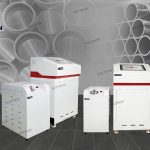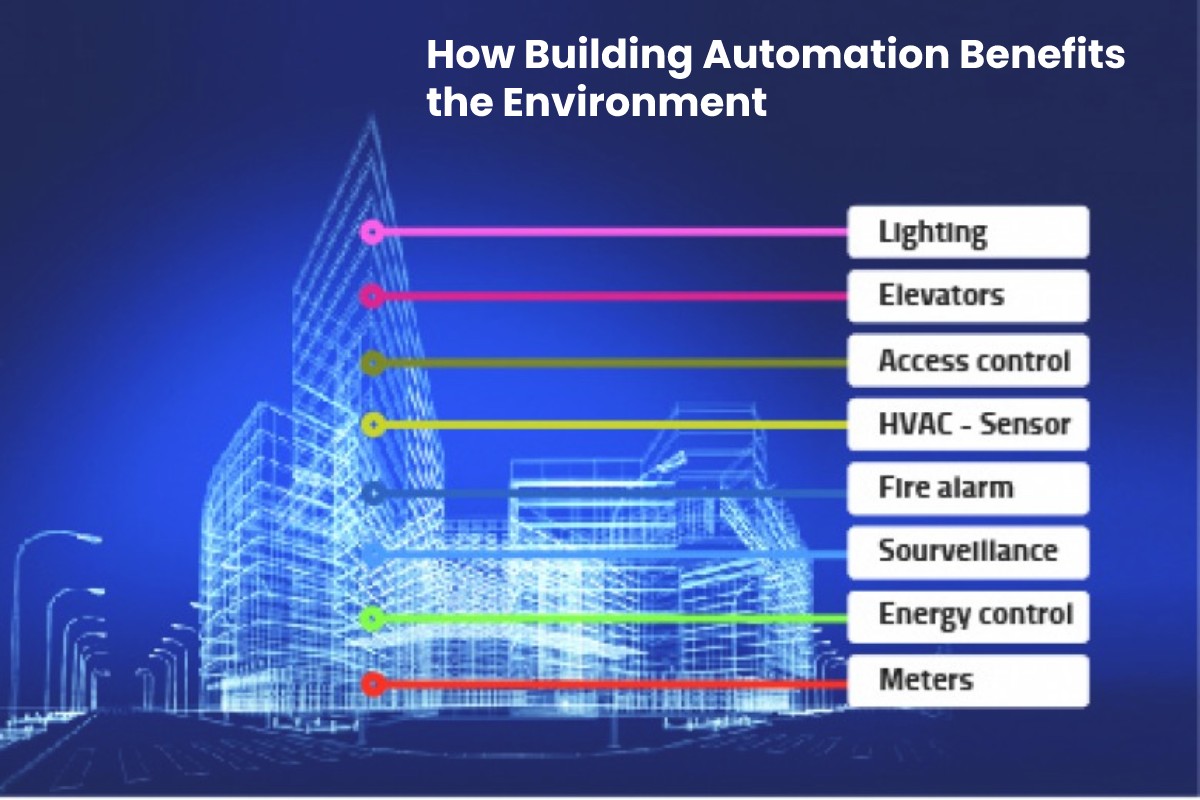Building Automation – Governments and industry are constantly seeking ways to be more efficient in energy usage, which is the foundation of what we call global industrial civilization. Without energy, there would be no modern industrial civilisation. While it is true that some have voiced doubts as to the usefulness of becoming more energy efficient, citing scientific principles like the Jevons Paradox, asserting that technological progress and policies to achieve efficiency result in a paradoxical increase in use and consumption, society nevertheless endeavours to achieve greater energy efficiency to reduce human impact on the environment.
Building automation is one means that can contribute to reducing the human impact on the Business environment by being more efficient with energy use, something incorporated in modern construction developments such as Southside Residencies. This control system governs the operation of critical daily building systems, including the HVAC, security, fire safety, plumbing, and electrical departments. A Building Automation System (BAS) is responsible for managing all connected automated systems centrally and is the brains behind building automation.
More software and hardware devices are becoming automated with each passing year, now increasingly being coupled with artificial intelligence (AI), allowing for a more efficient construction industry to emerge. New “green buildings”, for example, use a BAS system to economise on energy usage and help simplify the operation for occupants. On the other hand, many business owners are going with warehouse software solutions that can improve your warehouse organization and help you use less energy while being more efficient.
Building automation assists with reducing energy consumption and wastage and streamlines operations to alter energy use patterns and habits, making them a potent tool in reducing carbon and other greenhouse gases (GHGs). Human monitoring and control of these various systems can be cumbersome, time consuming, and expensive.
Basic Functions of a BAS
Since timing is an important aspect of energy efficiency use, a BAS can utilise AI and big data to identify the best time to commence powering on; this helps reduce grid stresses from peak load.
Energy storage has how long been a tricky issue with the production of energy. With buildings that have installed facilities to enable energy storage capability, a BAS can keep track of energy storage and even divert excess capacity back into the national grid system.
Large commercial buildings often have many bill-paying occupants, and a BAS can generate accurate bills for individual clients, as well as track and report on energy use. This is a useful tool for tenants wanting to keep track of their energy use and expenditure.
A BAS is comprised of four distinct layers, each with its own specific purpose and functionality, from user input to action follow-through. The first layer consists of collecting data from sensors throughout the building. The next layer analysis this data. The third “supervisory layer” collates information from the previous layers. Finally, the application layer organises all the data and statistics from previous layers and provides it to the user in a comprehensible way. The whole process works to speed up building operations and provide early warning signs for any potential issues that may arise.
The Environmental Benefits of a BAS
Facilities management operations can save on operation costs and save valuable time. Thanks to building automation and improved energy efficiency, total energy consumption is reduced, with as much as 30% savings on energy costs. https://www.rehva.eu/rehva-journal/chapter/energy-savings-and-energy-efficiency-through-building-automation-and-control
Everyday energy usage can be lowered by using a building automated system. A BAS with AI can adapt to the exterior temperature and time of the day to optimise when the HVA systems are operating.
By controlling the building’s HVAC and lighting systems, when the building isn’t being fully used or even empty, the BAS can shut them down or reduce their output. With collecting and utilising building data, it can predict when the building will be in little use and compensate with shutting down any unnecessary systems that are wasting energy.
Since building running costs can be quite high, amounting up to about 75% of total expenses, a huge benefit resulting from building automation is the savings made. BAS shuts down unneeded energy use and can also lengthen building and utility longevity in the process. In addition to this, efficient energy use enables a building to give back energy to the grid by reducing peak load stress and reducing demand, freeing up capacity for the rest of the grid.
Other benefits include automated air quality testing and monitoring. This process can also alert you to needed repairs or filter changes.
Automated monitoring of the building’s plumbing and water quality is another important feature of a BAS. Real-time plumbing can detect leaks which can help save on water wastage, another vital natural resource that has a major impact on the environment. Climate change and water overuse from pumping fossil aquifers mean that efficient water control is a vital consideration regarding human ecological overshoot. Indeed, fossil aquifers can take centuries to replace the levels that humans are currently extracting from them.
By reducing the energy use of buildings when it is not needed, an added benefit to energy efficiency is the improved longevity of appliances’ wear-and-tear. Replacing parts and equipment can be expensive and extending their lifespan can significantly help reduce this.
Evidently, building automation has greatly improved resource efficiency for large buildings and will continue to develop as an integral part of the construction industry meeting climate and other environmental targets.












